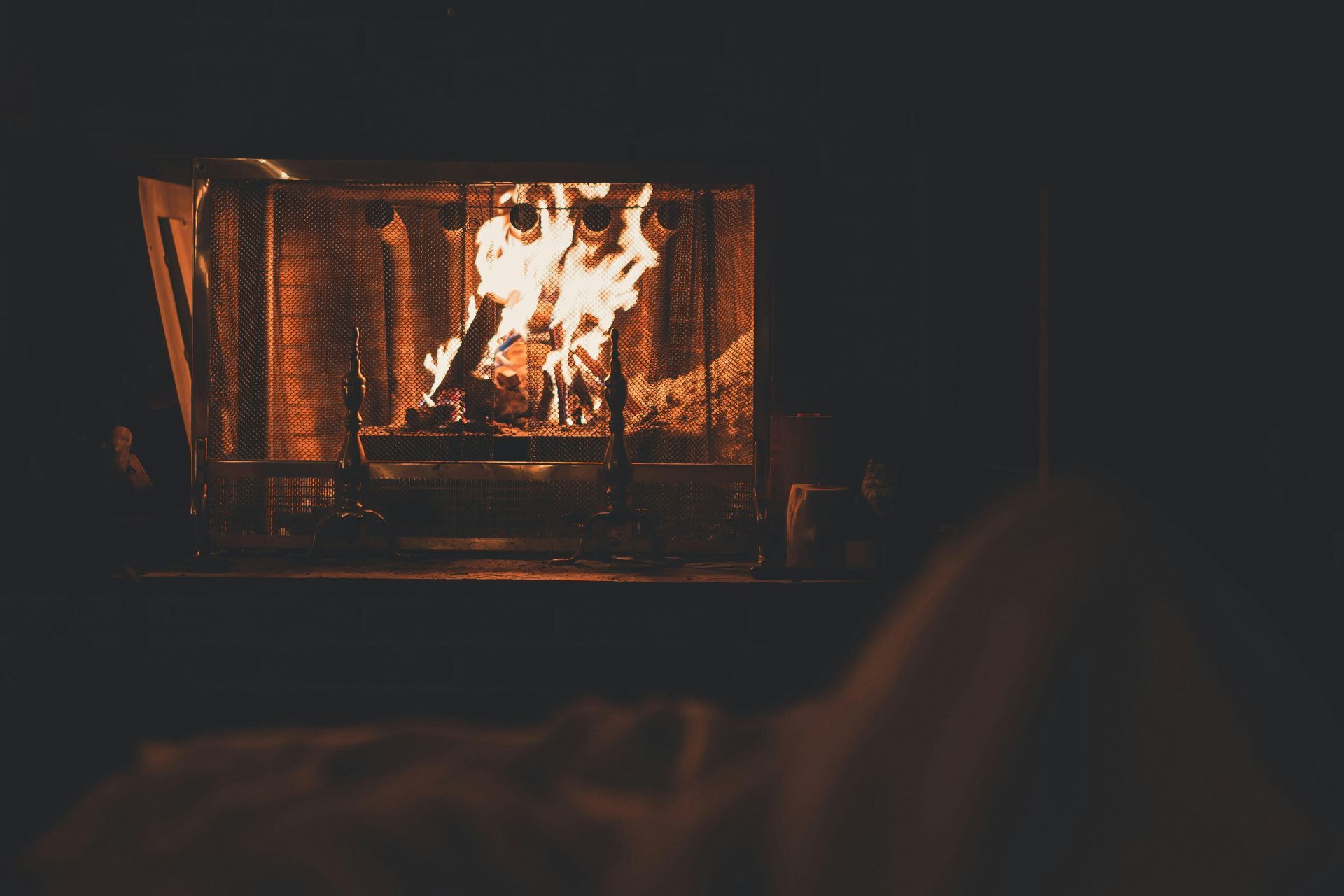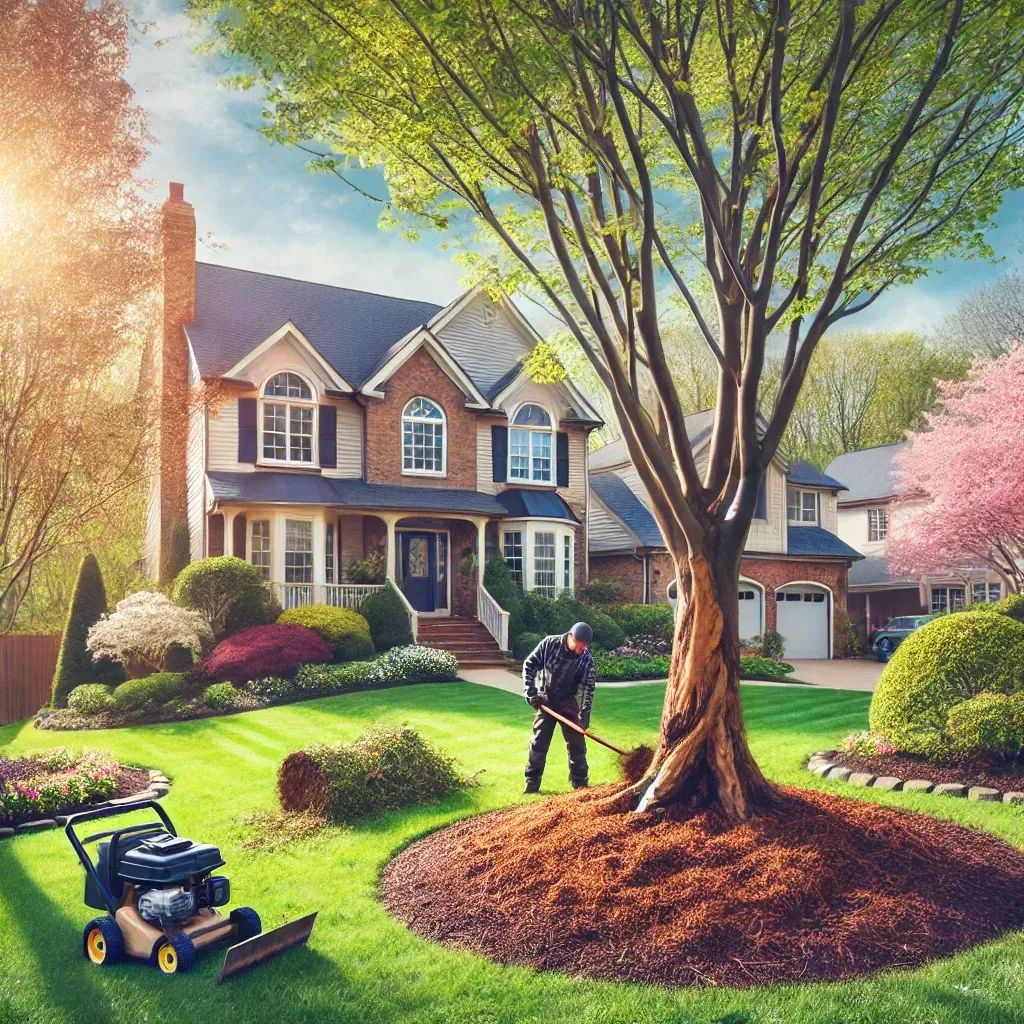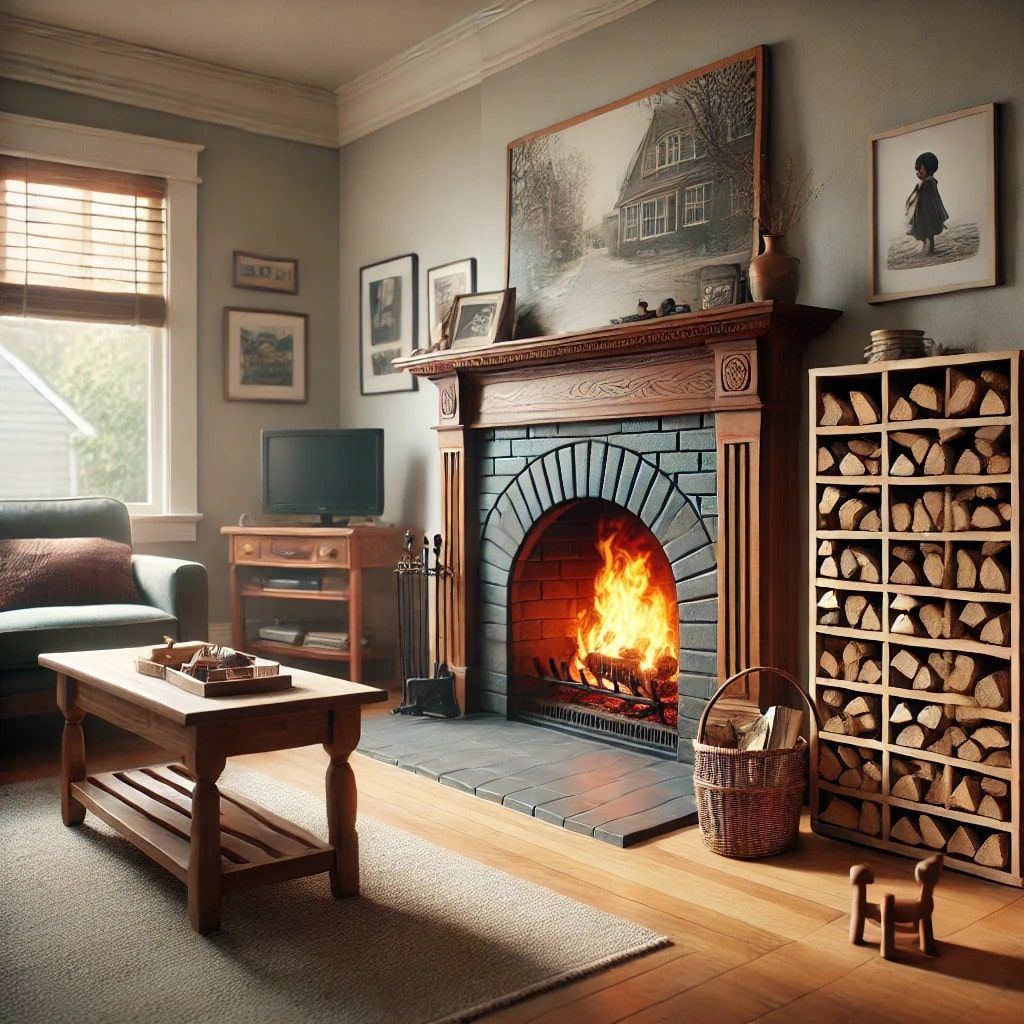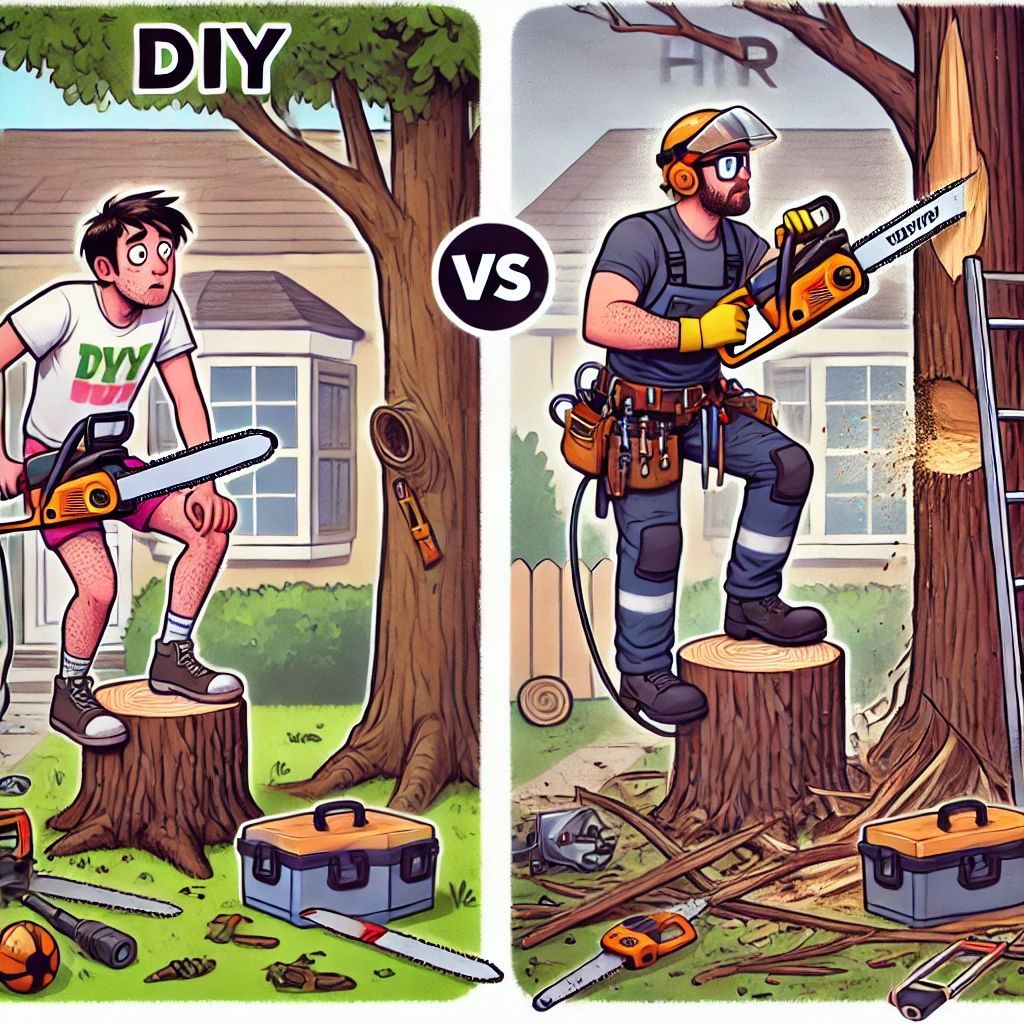CALL US OR TEXT US 443 831 1280
Best Trees for Firewood

Best Trees to Use for Firewood
When it comes to selecting firewood, not all wood burns equally. Choosing the best trees for firewood can make a big difference in heat output, burn time, and the quality of your fire. In this guide, we'll explore the top types of firewood for efficiency, affordability, and warmth. Whether you’re heating your home or enjoying a cozy outdoor fire pit, here are the best trees for firewood.
What Makes Good Firewood?
Before diving into specific tree types, knowing what qualities make for good firewood is essential. Great firewood typically:
- Produces high BTU (British Thermal Units): High-BTU woods provide more heat and burn longer.
- Burns cleanly: Lower moisture content means less smoke and a cleaner burn.
- Has a consistent, even burn: Quality firewood doesn’t burn too quickly or leave behind excessive ash.
Do you need firewood in the Baltimore Area? We Can Help.

Firewood Options
Here are the best trees that deliver both heat output and burn longevity. We’ll cover both hardwoods and a few select softwoods that are efficient and widely available.
1. Oak
Oak is one of the most popular choices for firewood and a good reason.
- BTU: Approximately 24-28 million BTU per cord
- Pros: Burns hot and slowly; minimal smoke and sparking; readily available
- Cons: Requires a long seasoning time (at least 1-2 years)
Oak is a hardwood that provides steady, long-lasting heat, perfect for home heating. It’s a great investment if you’re willing to wait for it to season properly.
2. Hickory
Hickory is another top-tier choice, known for its incredible density and heat output.
- BTU: About 27-28 million BTU per cord
- Pros: Burns very hot and long; distinct smoky aroma; great for cooking
- Cons: Can be difficult to split; longer seasoning time required
Hickory is ideal if you need high heat over extended periods, making it perfect for colder climates or extended indoor heating.
3. Maple
Maple trees, especially Sugar Maple, are popular for their efficiency and pleasant aroma when burned.
- BTU: Around 24 million BTU per cord
- Pros: Burns hot with minimal smoke; moderate seasoning time (6-12 months)
- Cons: Slightly harder to find than oak
Maple is versatile and burns smoothly, making it great for both fireplaces and wood stoves. It’s a solid choice for anyone wanting a manageable seasoning time with excellent heat.
4. Beech
Beech is a hardwood that burns exceptionally well, although it can be less common in some areas.
- BTU: Approximately 24 million BTU per cord
- Pros: Burns slowly and steadily; produces consistent, high heat
- Cons: Hard to split; longer seasoning time needed
If you have access to beech, it’s a valuable addition to your firewood stack, especially for consistent heat output in winter.
5. Ash
Ash is unique because it has a lower moisture content when green, meaning it can be burned without extensive seasoning.
- BTU: About 20 million BTU per cord
- Pros: Easier to split; burns relatively hot; can be burned green if necessary
- Cons: Lower heat output compared to denser hardwoods
Ash is a great option if you need firewood quickly, as it can be burned sooner than other woods. However, it doesn’t produce as much heat as oak or hickory.
6. Cherry
Cherry wood is known for its lovely fragrance and steady burn.
- BTU: Around 20 million BTU per cord
- Pros: Pleasant aroma; burns with minimal smoke; good for cooking
- Cons: Slightly lower heat output; moderate seasoning time
If you’re looking for firewood that adds a unique aroma to your fire or even your cooking, cherry is a fantastic choice. It’s a bit lower in heat than other hardwoods but still highly efficient.
7. Black Locust
Birch burns hot and is generally easier to handle than some denser woods.
- BTU: Around 20 million BTU per cord
- Pros: Quick to season; burns with a steady flame; produces high heat
- Cons: Burns faster than other hardwoods
Birch is a convenient option if you need firewood on a shorter timeline. However, it does burn faster than wood like oak and hickory.
8. Birch
Birch burns hot and is generally easier to handle than some denser woods.
- BTU: Around 20 million BTU per cord
- Pros: Quick to season; burns with a steady flame; produces high heat
- Cons: Burns faster than other hardwoods
Birch is a convenient option if you need firewood on a shorter timeline. However, it does burn faster than wood like oak and hickory.
Tips for Choosing and Preparing Firewood
- To get the most from your firewood, there are a few preparation steps to keep in mind:
- Seasoning: Properly seasoned wood burns more efficiently, so aim for 6-12 months of drying time for most woods (longer for oak and hickory).
- Storage: Store your firewood off the ground and cover the top to protect it from rain and snow.
- Splitting: Split wood early to improve drying times and make stacking easier.
- Stacking: Stack wood loosely for airflow, which helps prevent mold and speeds up seasoning.
Frequently Asked Questions
- Q: What’s the best wood for a long-lasting fire?
A: Hickory, oak, and black locust are among the longest-burning firewood options, providing hours of heat. - Q: Can I burn green wood?
A: Green wood has a high moisture content, resulting in excess smoke and inefficient burning. Seasoned wood is always preferred, but ash can be used green in a pinch. - Q: How long should I season firewood?
A: Most hardwoods should be seasoned for 6-12 months, though denser woods like oak benefit from up to 2 years of drying time. - Q: Is softwood good for firewood?
A: While hardwood is preferred for heat and longevity, some softwoods (like pine) can be useful for starting fires but may produce more smoke and burn faster.
Conclusion
Choosing the best trees for firewood can make all the difference in heat, burn time, and overall efficiency. Oak, hickory, maple, and ash offer excellent choices for those seeking warmth, minimal smoke, and long burn times. By properly seasoning and storing your firewood, you can ensure a cozy and efficient burn every time.

Our service Hours
Monday 07:00AM-07:00PM
Tuesday 07:00AM-07:00PM
Wednesday 07:00AM-07:00PM
Thursday 07:00AM-07:00PM
Friday 07:00AM-07:00PM
Saturday 07:00AM-07:00PM
Sunday 07:00AM-06:00PM
Contact us
Le responderemos tan pronto como sea posible.
Inténtelo de nuevo más tarde.
All Rights Reserved | Website Design by RJ Maven







